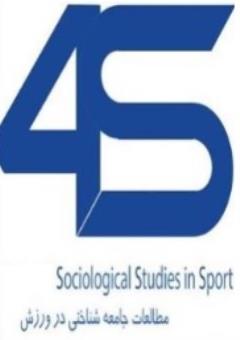-
-
-
Open Access Article
1 - The Relationship between Cultural Intelligence and Sports Success by using Bayesian Analysis Approach (Case Study: Athletes of the Iranian National Canoe-Polo Team)
Zohre Meshkati Sahar Faeghi Amir Timor Payandeh Najafabadi, -
Open Access Article
2 - Comparison of the Development Environment of Tennis Players of Different Competitive and social Levels (Iranian and Foreign) in Terms of Training and Social Support
Rokhsareh Badami Shayan Yazdanparast Zohre Meshkati -
Open Access Article
3 - Cultural intelligence as a factor in the success of Iranian sports supervisors: The role of English language proficiency
Leila Mirvahedi Zohre Meshkati Sahar Faeghi -
Open Access Article
4 - Compilation of the educational program of sports lifestyle requirements based on the social characteristics of teenage Football players: an action research study approach
fahimeh sepehri Rokhsare Badami Zohre Meshkati
List of Articles Zohreh Meshkati
-
The rights to this website are owned by the Raimag Press Management System.
Copyright © 2021-2025


